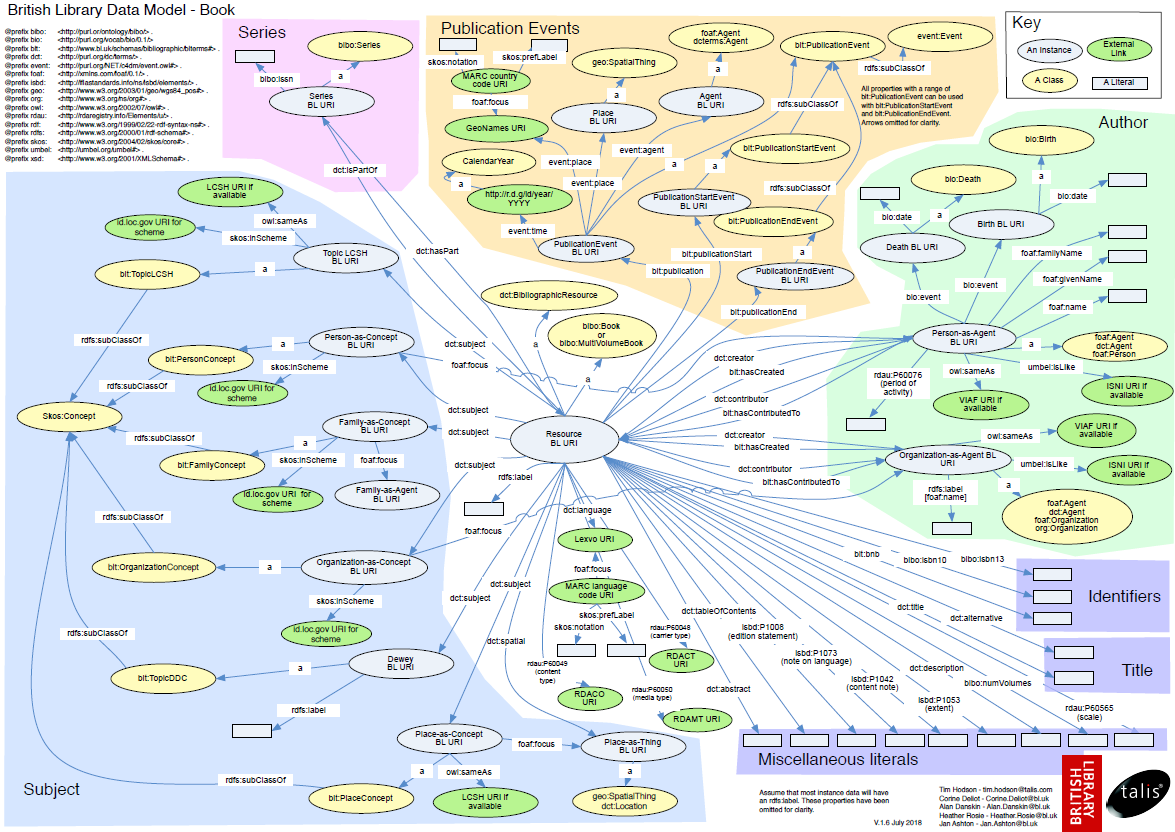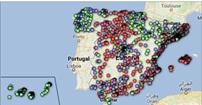
Imagine you want to know how many terraces there are in your neighbourhood, how the pollen levels in the air you breathe every day are evolving or whether recycling in your city is working well. All this information exists in your municipality's databases, but it sits in spreadsheets and technical documents that only experts know how to interpret.
This is where open data visualisation initiativescome in: they transform those seemingly cold numbers into stories that anyone can understand at a glance. A colourful graph showing the evolution of traffic on your street, an interactive map showing the green areas of your city, or an infographic explaining how the municipal budget is spent. These tools make public information accessible, useful and, moreover, comprehensible to all citizens.
Moreover, the advantages of this type of solution are not only for the citizens, but also benefit the Administration that carries out the exercise, because it allows:
- Detect and correct data errors.
- Add new sets to the portal.
- Reduce the number of questions from citizens.
- Generate more trust on the part of society.
Therefore, visualising open data brings government closer to citizens, facilitates informed decision-making, helps public administrations to improve their open data offer and creates a more participatory society where we can all better understand how the public sector works. In this post, we present some examples of open data visualisation initiatives in regional and municipal open data portals.
Visualiza Madrid: bringing data closer to the public
Madrid City Council's open data portal has developed the initiative "Visualiza Madrid", a project born with the specific objective of making open data and its potential reach the general public , transcending specialised technical profiles. As Ascensión Hidalgo Bellota, Deputy Director General for Transparency of Madrid City Council, explained during the IV National Meeting on Open Data, "this initiative responds to the need to democratise access to public information".
Visualiza Madrid currently has 29 visualisations that cover different topics of interest to citizens, from information on hotel and restaurant terraces to waste management and urban traffic analysis. This thematic diversity demonstrates the versatility of visualisations as a tool for communicating information from very diverse sectors of public administration.
In addition, the initiative has received external recognition this year through the Audaz 2,025 Awards, an initiative of the Spanish chapter of the Open Government Academic Network (RAGA Spain).The initiative has also received external recognition through the Audaz 2,025 Awards.
Castilla y León: comprehensive analysis of regional data
The Junta de Castilla y León has also developed a portal specialised in analysis and visualisations that stands out for its comprehensive approach to the presentation of regional data. Its visualisation platform offers a systematic approach to the analysis of regional information, allowing users to explore different dimensions of the reality of Castilla y Leónthrough interactive and dynamic tools.
This initiative allows complex information to be presented in a structured and understandable way, facilitating both academic analysis and citizen use of the data. The platform integrates different sources of regional information, creating a coherent ecosystem of visualisations that provides a panoramic view of different aspects of regional management. Among the topics it offers are data on tourism, the labour market and budget execution. All the visualisations are made with open data sets from the regional portal of Castilla y León .
The Castilla y León approach demonstrates how visualisations can serve as a tool for territorial analysis, providing valuable insights on economic, social and demographic dynamics that are fundamental for the planning and evaluation of regional public policies.
Canary Islands: technological integration with interactive widgets .
On the other hand, the Government of the Canary Islands has opted for an innovative strategy through the implementation of widgets that allow the integration of open data visualisations of the Instituto Canario de Estadística (ISTAC) in different platforms and contexts. This technological approach represents a qualitative leap in the distribution and reuse of public data visualisations.
The widgets developed by the Canary Islands make it easier for third parties to embed official visualisations in their own applications, websites or analyses, exponentially expanding the scope and usefulness of Canary Islands open data. This strategy not only multiplies the points of access to public information, but also fosters the creation of a collaborative ecosystem where different actors can benefit from and contribute to the value of open data.
The Canarian initiative illustrates how technology can be used to create scalable and flexible solutions that maximise the impact of investments in open data visualisation, establishing a replicable model for other administrations seeking to amplify the reach of their transparency initiatives.
Lessons learned and best practices
By way of example, the cases analysed reveal common patterns that can serve as a guide for future initiatives. The orientation towards the general public, beyond specialised technical users, emerges as an opportunity factor for the success of these platforms. To maintain the interest and relevance of the visualisations, it is important to offer thematic diversity and to update the data regularly.
Technological integration and interoperability, as demonstrated in the case of the Canary Islands, open up new possibilities to maximise the impact of public investments in data visualisation. Likewise, external recognition and participation in professional networks, as evidenced in the case of Madrid, contribute to continuous improvement and the exchange of best practices between administrations.
In general terms, open data visualisation initiatives represent a very valuable opportunity in the transparency and open government strategy of Spanish public administrations. The cases of Madrid, Castilla y León, as well as the Canary Islands, are examples of the enormous potential for transforming public data into tools for citizen empowerment and improved public management.
The success of these initiatives lies in their ability to connect government information with the real needs of citizens, creating bridges of understanding that strengthen the relationship between administration and society. As these experiences mature and consolidate, it will be crucial to keep the focus on the usability, accessibility and relevance of visualisations, ensuring that open data truly delivers on its promise to contribute to a more informed, participatory and democratic society.
Open data visualisation is not just a technical issue, but a strategic opportunity to redefine public communication and strengthen the foundations of a truly open and transparent administration.


